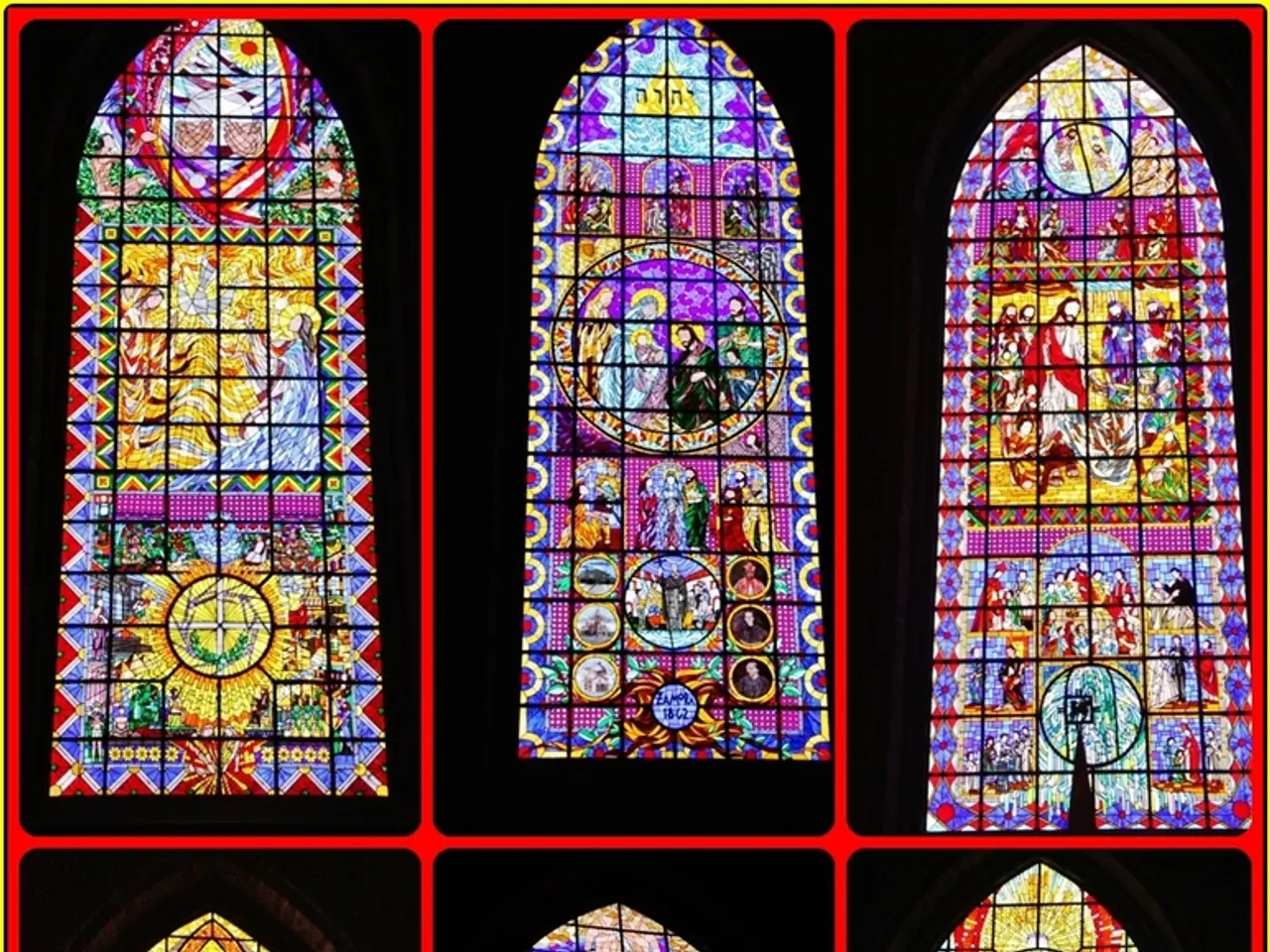Eternal Data Existence Proposed by Hitachi
In the realm of digital storage, a groundbreaking innovation is transforming the way we preserve and protect our data for future generations. Known as 5D optical data storage, this technology, pioneered by Hitachi and other researchers, is revolutionizing the way we think about data preservation.
The core of this technology involves the use of fused quartz and ultrafast femtosecond lasers. The data is encoded not just in three spatial dimensions but also in two additional dimensions related to the optical properties within the quartz. This method allows for a much higher data density compared to traditional storage media.
Data storage is achieved by using ultrafast laser pulses to create tiny, precisely located nanostructures inside the fused quartz. These nanostructures alter the refractive index at specific points in the quartz, which can later be read optically without damaging the medium. The exceptional stability of fused quartz ensures that the data can withstand harsh environmental conditions for billions of years[1].
The potential applications of this technology are vast. It offers a more sustainable alternative to conventional tape, hard disk, or optical media storage, which tend to degrade over much shorter timeframes and require continuous maintenance or refreshing.
The technology finds its purpose in areas where durability, data density, and longevity are crucial. This includes the archiving of critical, irreplaceable cultural, scientific, and governmental data, preservation of museums' collections of digital media, enterprise-level archival of "store and forget" data that must remain accessible and intact for decades or centuries, and storage of large-scale genetic and genomic data[1].
Research and commercial applications of quartz glass technology are continuing, and permanent data storage may soon become a reality. This technology could redefine how we think about preserving digital heritage for future generations and could potentially even shed light on profound truths about our past and future if the encoding method of ancient crystal skulls, believed to be associated with Mesoamerican cultures, is rediscovered[2].
However, concerns have been raised by researchers like Kazuyoshi Torii, who expressed apprehension over potential losses of valuable information due to the current limitations in data storage technology. Torii compared the current methods for preserving knowledge to the days of inscribing things on stones[3].
As the digital information proliferation is projected to exceed hundreds of zettabytes by 2025, the need for reliable, long-term archival storage solutions becomes increasingly pressing. The quartz glass storage device, with its exceptional durability and stability, is suitable for long-term archival storage in sectors such as government agencies, museums, and scientific research institutions[4].
In 2012, Hitachi introduced this data storage technology, joining efforts with Microsoft's Project Silica initiative, which aims to create a sustainable cloud archival storage solution using quartz glass[5]. With such advancements, the future of data preservation looks promising, offering a more sustainable and durable solution for our ever-growing digital world.
References: 1. Hitachi Global Storage Technologies 2. The Crystal Skulls: A Mystery Unveiled 3. The Future of Data Storage: A Fear of Forgetting 4. Quartz Glass Data Storage: A New Era in Archival Storage 5. Microsoft's Project Silica: A Look into the Future of Data Storage
- The evolution of healthcare could benefit significantly from the long-term archival storage capabilities provided by the quartz glass technology, ensuring the preservation of critical medical data for future generations and enabling researchers to study and compare health trends across centuries.
- As data-and-cloud-computing continues to advance, the stability and longevity offered by the 5D optical data storage technology may play a pivotal role in the evolution of digital systems, safeguarding crucial information required for future technological progress and deepening our understanding of the interconnected world.




